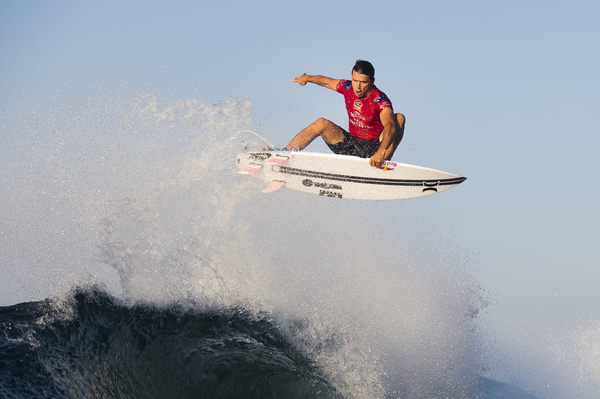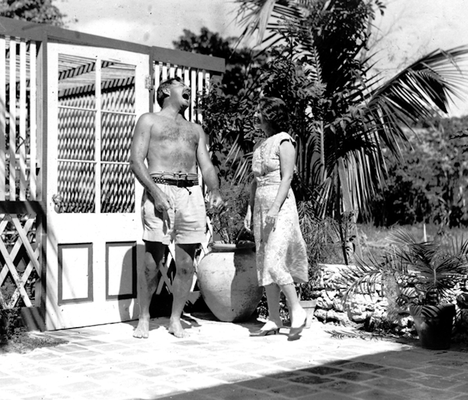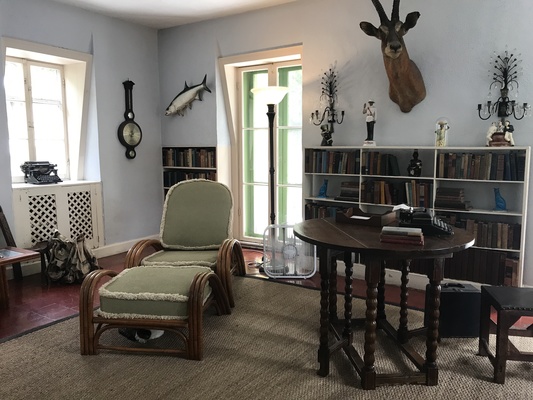
Sometimes great writing takes you to places not only of the mind but of the road, places you might not have ever otherwise visited.
Such was the case many years ago when a couple of awestruck readings of William Least-Heat-Moon’s magnificent Blue Highways led me to the bayous of Louisiana and the Spanish moss mansions of the Deep South. Steinbeck had already been my guide through Central California and Monterrey and Salinas, but Heat Moon, as the locals knew him, was almost a contemporary, and his writing led me to such characters as Thibodeaux, his Cajun barber.
In Key West, the southernmost point of the American mainland, just 90 miles from Cuba, there was no chance of meeting any of Ernest Hemingway’s drinking buddies long since deceased, but this beautiful little town that clings to a patch of sand and reef at the end of the Overseas Highway, is still imbued with the spirit of “Papa”, the adventurous rogue who was arguably the greatest American writer of the 20th century.
Although Hemingway only lived on Key West for little more than a decade that was rudely interrupted by a long sojourn covering the Spanish Civil War, the characters he met there on the waterfront, on fishing trips and over long sessions at Sloppy Joes’s Saloon, peopled many of his novels and short stories for decades to come, and despite the afternoon boozing, fed the creativity that resulted in such early period classics as A Farewell To Arms, Death In The Afternoon and To Have And Have Not, the Depression era novel set in Key West.
Last week we checked into a room in a beautifully-renovated early 1900s mansion just a couple of blocks from the 1851 Hemingway home on Whitehead Street, now a museum and still home to 55 seven-toed cats descended from the pets of Hemingway and his second wife Pauline Pfeiffer. A guided tour was the first thing on my Key West agenda, and on it I not only marvelled at the simplicity of Papa’s writing room (with stuffed elks and game fish on the walls for inspiration), but learned the back story of the huge swimming pool in the gardens. Apparently when Pauline learned that Ernest was carousing in Spain with fellow war correspondent Martha Gellhorn (wife # 3), she had Papa’s prized boxing ring dismantled and in its place built a $20,000 pool – more than double what they’d paid for the mansion – which is still the largest private pool in Key West.
Feeling the spirit, I set out to find the ghosts of Papa in the many bars of Key West. Sloppy Joe’s still exists but it has moved to a bigger venue, filled on this evening by very loud spring break drunks. But we found the original location up a side street and hoisted a few in memory, wearing my “Write Drunk, Edit Sober” tee shirt in the great man’s honour.
Of course there is much more to Key West’s history than Hemingway’s monumental binges. Even in literary history, the town was home to such other greats as Robert Frost and Tennessee Williams, and in politics it was a favourite of Presidents Harry Truman, who made it his vacation White House, and Jack Kennedy, who fished there with Hemingway, and a year after Papa’s death, massed troops there ready for an invasion of Cuba that thankfully never happened.
And Key West’s early history is equally fascinating, from the pre-Columbian settlements of the indigenous Calusa through to the Spanish conquest in the 16th century, and the United States buying it twice from a crafty Spanish officer before taking control in 1822. By 1860 Key West was one of the richest towns in the US on the back of fishing and salt production, but it was to grow even richer with the development of pirate ship salvage, which gave the growing number of mansions their stunning chandeliers, and the rise of cigar manufacturing in the 1880s.
Today its charm survives, despite Duvall Street’s titty bars and drag revues outnumbering the period sailor bars and wine houses. The same can’t be said about the rest of the long stretch of the Florida Keys. The Overseas Highway that forms its backbone is like an incredibly long Nicklin Way, except the furniture stores have even less appeal.
But beyond the highway you can still find gems, like the Rock Reef roadside motel we checked into at Key Largo. A nightmare out front, it turned out to be a gem down the back, with a lawn filled with colourful iguanas leading down to the clear water of the bay, where we enjoyed a spectacular sunset before heading across to the Ballyhoo Roadhouse on the median strip for dinner.
I ordered tuna sashimi and the waiter asked: “How would you like your sashimi cooked, sir?” I decided I’d better have it seared, and it was excellent. Pure Florida. Diamonds in the rough.
FOOTNOTE: I refrained from any political comment during a campaign I missed completely, but I have to say I was shocked by the result of last Saturday’s election. I can understand that not everyone warms to Shorten, but is the alternative what Australia really wants? I write this from the land of Trump, so the answer is probably yes. The people have spoken. You picked a good time to exit, Hawkey. You wouldn’t have liked the colour of the future.









